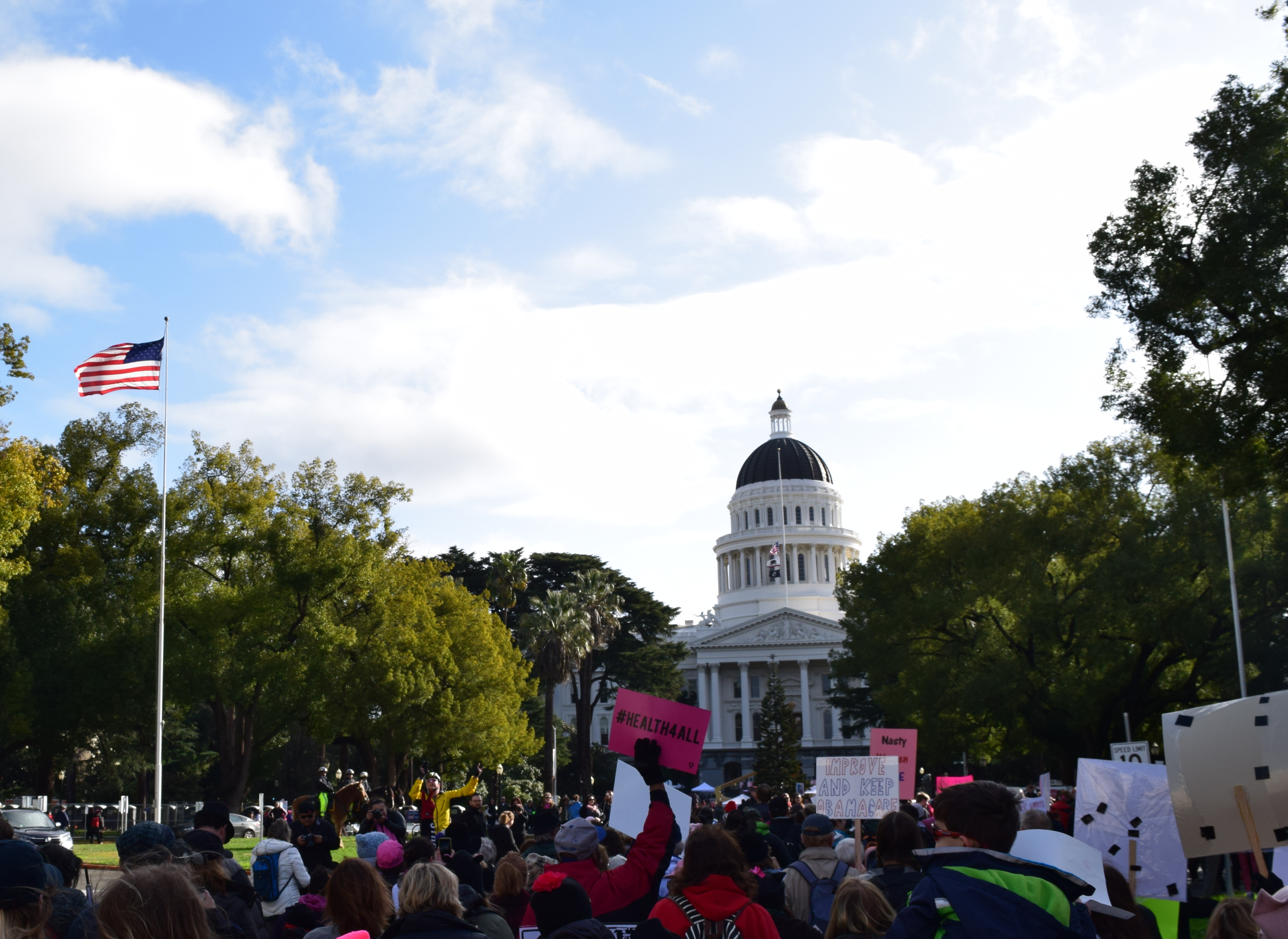Rental assistance program provides aid for Yolo County renters and landlords
PHOTO: Renters in Yolo County can now apply for rental reimbursement (Courtesy: Bernard Spragg).
By Genna Olavarri,
BlueDevilHUB.com Editor–
The state of California enacted a new rental assistance program as a result of funding from the Consolidated Appropriations Act. In a press release published on March 16, Yolo County announced that it has received $13.6 million that the state will administer to needy tenants and landlords in the area.
The CA COVID-19 Rent Relief program will allow renters financially impacted by the pandemic to apply for a reimbursement of 25 percent of their unpaid rent from April 1, 2020 through March 31, 2021.
This financial assistance will differ from previous programs in that it specifically provides aid to struggling property owners as well as tenants.
“There haven’t really been good resources [for landlords],” said Anthony Ruebner, owner of local property management business R2 Property. “A tenant not paying rent can create real financial issues for landlords.”
Eligible landlords can receive 80 percent of their tenant’s unpaid rent through the state as long as they wave the other 20 percent of the back rent.
The new state program will replace rental assistance programs from Yolo County and the City of Davis established earlier in the pandemic.
Rental assistance became available through the county in early October and the City of Davis in November.
The county’s program allowed residents to receive up to $3,000 based on the level of need. By the time the funds ran out at the end of December, the county had received over 500 applications and aided 79 community members.
“We served as many people as we could in a super short amount of time,” said Colleen Brock, the senior management analyst for Yolo County Housing.
Davis’s program, which was directly funded through the U.S. Department of Housing and Urban Development, will continue until funds run out, likely this month. Households can receive up to $4,000 and over 60 residents have received financial assistance through the program.
“We’ve put almost $300,000 […] toward that program,” said Assistant City Manager Kelly Stachowicz. “We have come close to extending […] all of those dollars and once those dollars are all used up, it switched to the new [state] rental assistance program.”
Several private organizations have also provided support to tenants throughout the pandemic.
The Short Term Emergency Aid Committee (STEAC) has extended the requirements for their homelessness prevention program to help more struggling residents. For example, the program changed policies in order to better assist tenants struggling with longer term rent issues.
“We normally require that […] it has to be an emergency, so you’ve hit a bump in the road, something unusual happened, you don’t have enough money for your rent this month, but next month you’re going to be fine,” STEAC office manager Mary Fichera said.
“Because of the pandemic, we realized a lot of the people we were going to be hearing from were going to be either out of work indefinitely or not making as much money as they used to make […]. So we decided, well, we need to be able to help them,” Fichera said.
According to Fichera, STEAC’s program has helped 176 families and given over $145,000, compared to last year in which they assisted 130 families with just $80,000 of rental payments.
However, in order to utilize the available financial assistance, tenants must know that the resources exist.
“We’ve tried to put the word out there,” Stachowicz said. “We’ve […] tried to make sure that different service organizations in the […] county are aware of the program so that if somebody comes to them that they can direct them, ‘Hey, check this out, go contact Yolo County housing and maybe you can benefit from this program as well’.”
Lack of access to technology or a language barrier may impede some families’s ability to find out about the programs and apply for them.
Even for the families that have the resources to learn about rental assistance, the programs may be ineffective in helping some recover from the financial stress of the last 12 months. Rental debt, for instance, has far reaching impacts that may not be solved by a single payment of $3,000.
“In general, we know that low income households are, […] especially in California, […] already having difficulties making ends meet between high rents and high living costs and low wages. And so if they have rental debt on top of that,” said Carolina Reid, faculty research advisor at the Terner Center for Housing Innovation and associate professor in the department of city and regional planning at UC Berkeley. “I worry about the sort of long term repercussions of that rental debt.”
Long term effects could include a damaged credit score, which could affect a family’s ability to get a loan or rent a home.




